Privacy Policy | Terms and Conditions | Disclosure Statement | License Policy
COPYRIGHT © 2024 | NUMBER 8 COOKING | ALL RIGHTS RESERVED.

Privacy Policy | Terms and Conditions | Disclosure Statement | License Policy
COPYRIGHT © 2024 | NUMBER 8 COOKING | ALL RIGHTS RESERVED.

Privacy Policy | Terms and Conditions | Disclosure Statement | License Policy
COPYRIGHT © 2024 | NUMBER 8 COOKING | ALL RIGHTS RESERVED.
A simple rump steak salad with roasted vegetables can be magical. I’ve been a professional chef for decades. As the head chef at one restaurant, here’s how I turned a simple rump steak salad into a restaurant sensation.
This is the exact dish that I created, and I’m sharing it with you. The beauty of this rump steak salad with roasted vegetables is its simplicity. Seared rump steak, roasted vegetables — beetroot, Agria potatoes, carrots, red bell peppers, fresh roquette (arugula), and smashed avocado. All bound together with a homemade grain mustard vinaigrette.
ADVERTISEMENT CONTENT BELOW
Rump steak, also known as sirloin steak, is a low-cost cut of steak in North America. In New Zealand, it is a popular choice. Its tender texture and rich, beefy flavor make it a staple in Kiwi cuisine.
I will take you through how I created the simple steak salad and turned it into a restaurant sensation. My thought process, inspiration, and creative step-by-step instructions. So, you can recreate this simple rump steak salad with roasted vegetables.
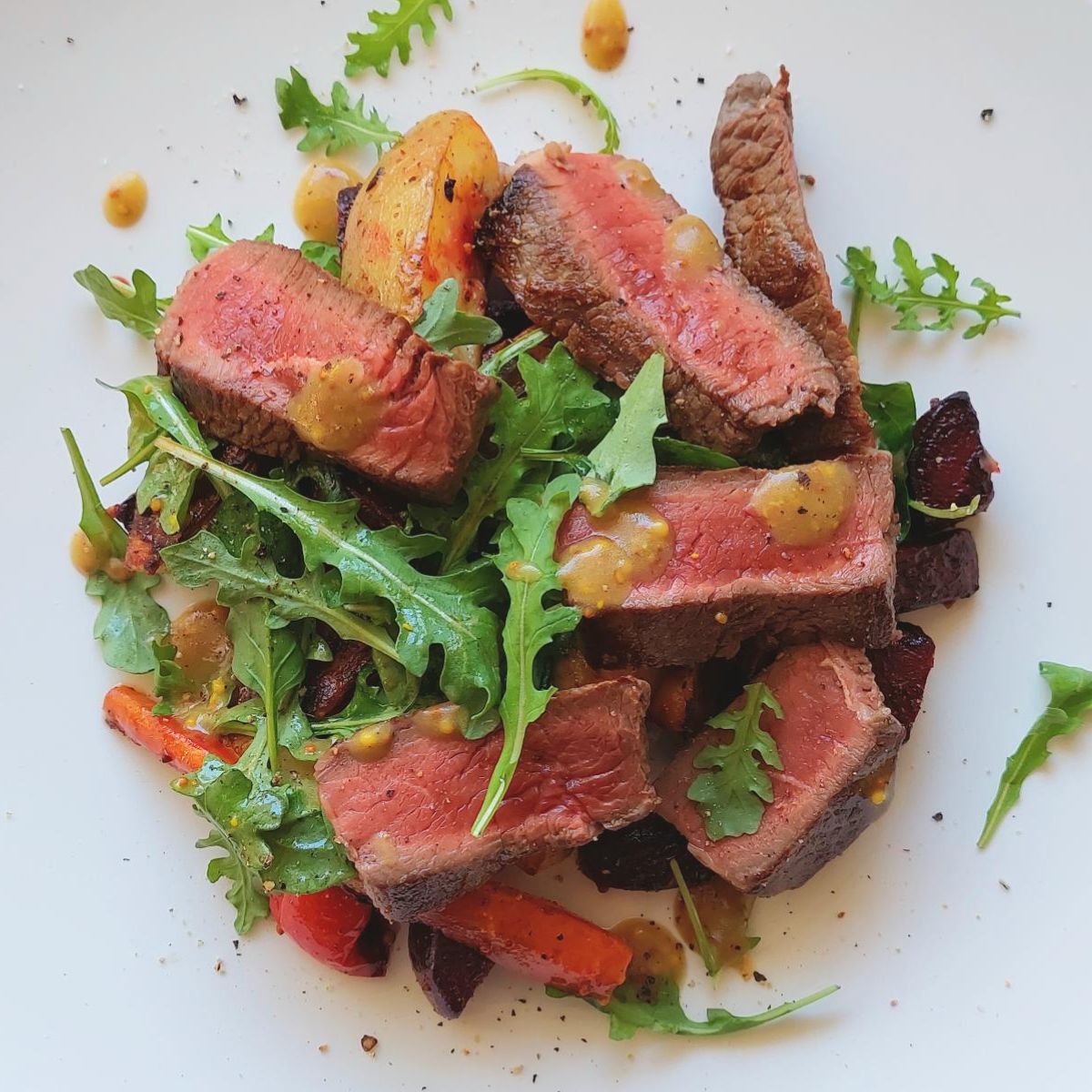
ADVERTISEMENT CONTENT BELOW
Inspiration can strike at the most unexpected times. In my case, my love of fresh seasonal flavors sparked the idea. Rump steak, roasted vegetables, and tangy homemade vinaigrette. All this combined inspired the birth of my rump steak salad with roasted vegetables.
I wanted a dish that was colorful, flavorful, and fresh. I also wanted a salad incorporating fresh and cooked components, such as med-rare steak-like rump, for its meaty, tender texture. The first attempt could have been better. The steak salad needed more flavor or a wow factor.
Finally, I settled on rump steak and five varieties of vegetables. Beetroot, carrots, bell peppers, Agria potatoes, and avocado. I also added fresh arugula for its peppery flavor and baby spinach for its earthly crunch.
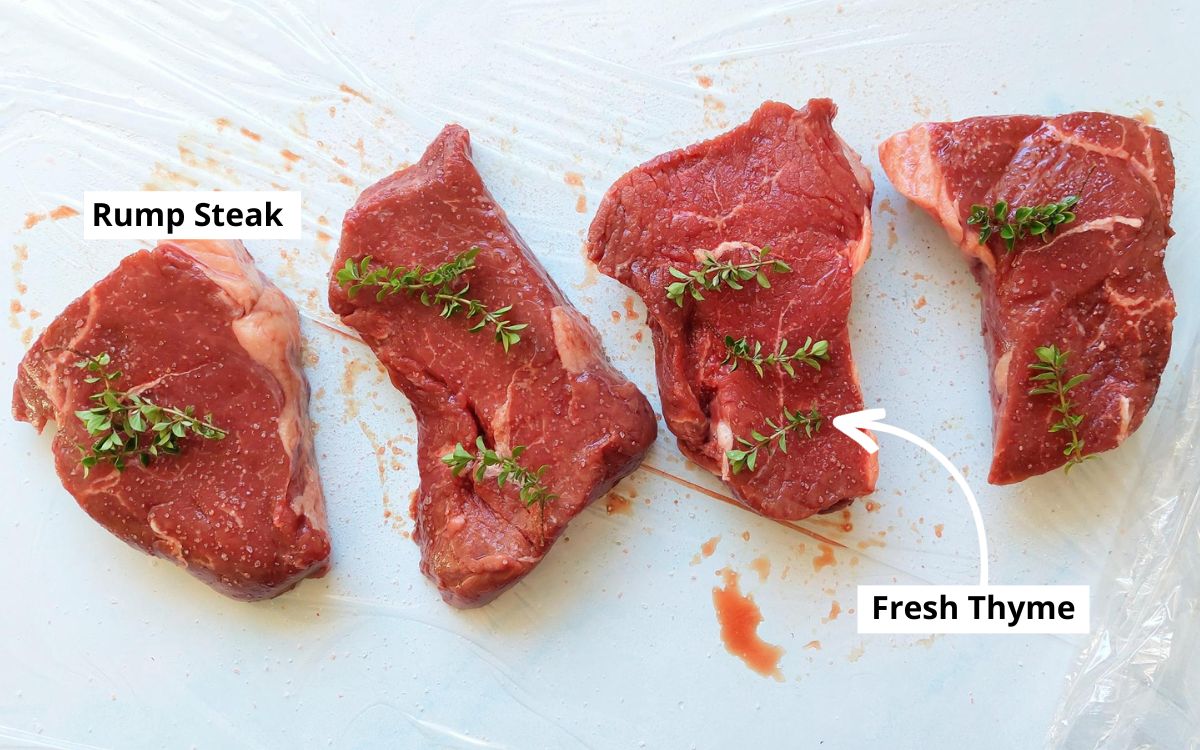
In spring, I switched from carrots to asparagus and from summer to green beans, which added texture to the salad. I always kept the rump steak, beetroot, and homemade grain mustard vinaigrette.
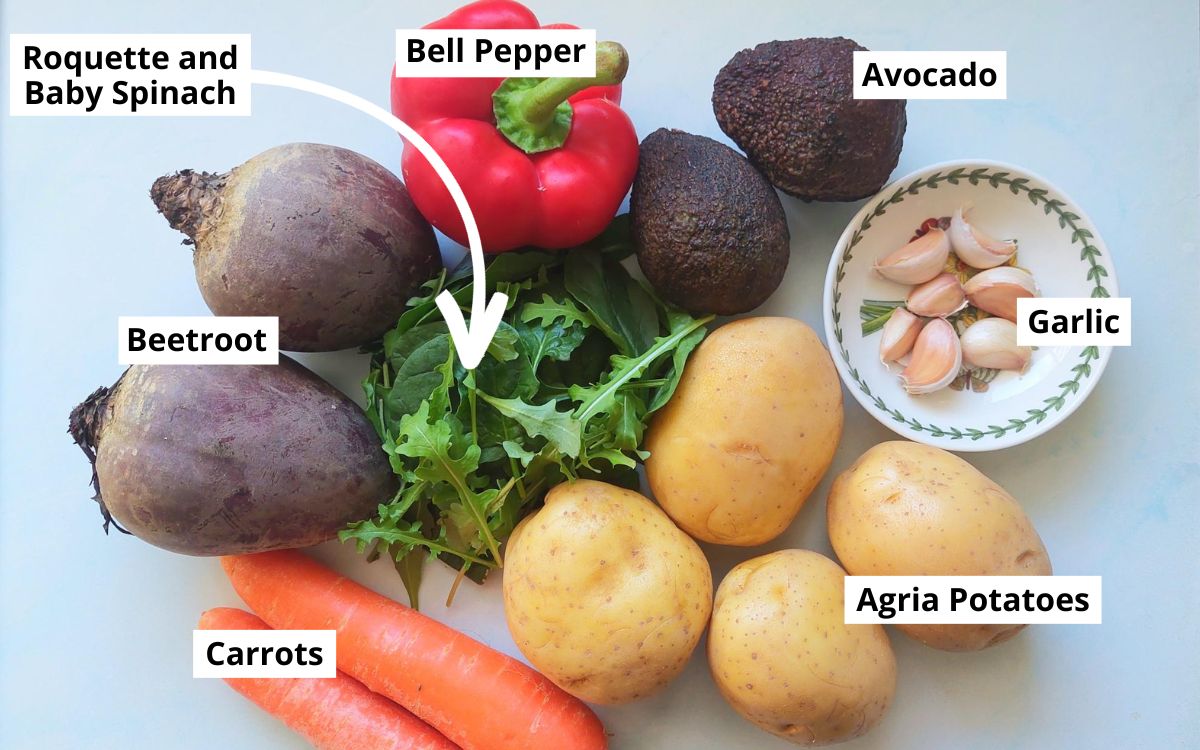
ADVERTISEMENT CONTENT BELOW
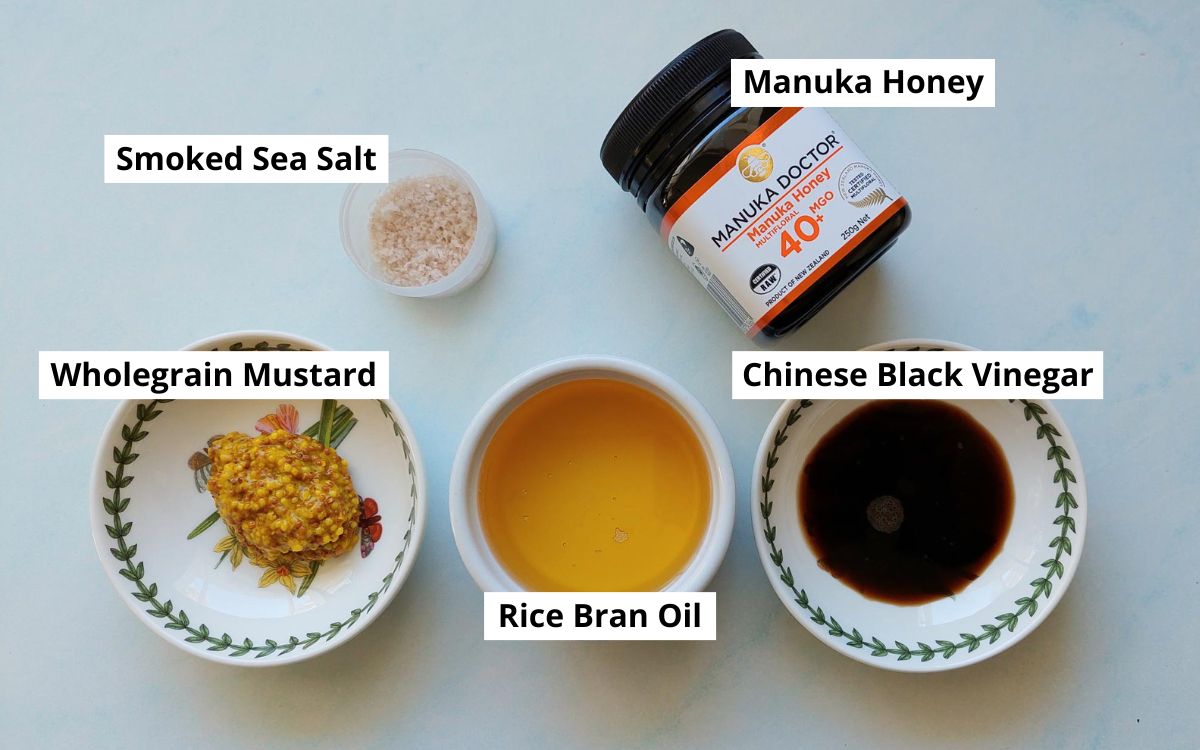
I pan-roasted the beetroot with generous amounts of sea salt. Followed by freshly ground black pepper. Before roasting, I coated the carrots, bell peppers, and potatoes with crushed fresh garlic.
I also seasoned the grain mustard vinaigrette with smoked sea salt for a subtle smoky flavor. I then seared the rump steak with fresh thyme to infuse it with floral, herbaceous flavors.
First, I put the dish on the daily specials menu. I let the wait staff try this simple rump steak salad with roasted vegetables. It started to fly out of the kitchen within a couple of weeks. The steak salad quickly ended up on the main menu, where it stayed for almost a year, becoming a star on the brunch and lunch menu.
Cooking this rump steak salad with roasted vegetables brings back memories. The family loves this simple steak salad, and I enjoy cooking it.
The lessons I learned became invaluable. One of the biggest learnings was to keep it simple. Let the ingredients speak for themselves. What I saw as simplistic, the customers saw as fresh and delicious.
Another lesson learned was using everyday ingredients that customers could relate to. And a willingness to change with the seasons, replacing the carrots with asparagus in spring and green beans in summer.
Seasoning food is something we can all learn from. I seasoned each ingredient separately to bring out their natural flavors. I seared the steak with aromatic herbs like fresh thyme or rosemary and pan-roasted the beetroot to bring out the caramelized, earthy, sweet flavors.
All this added up to create this simple rump steak salad with roasted vegetables to become a restaurant sensation.
ADVERTISEMENT CONTENT BELOW
This is the exact recipe that I created for the restaurant. I’m sharing it with you, down to the small details, so you can cook the sensationally easy rump steak salad in your kitchen.
ADVERTISEMENT CONTENT BELOW
What truly sets this salad apart are the clean, simple flavors: The combination of medium-rare thyme-infused rump steak, chunky potato wedges, roasted carrots, vibrant red bell peppers, sweet, earthy beetroot, and smashed avocado.
It’s tied together with fresh arugula, baby spinach, and a homemade grain mustard vinaigrette. Which delivers a medley of earthy and sweet notes and creates a dynamic flavor profile.
Chefs Pro Tip — When salt is added to garlic and then crushed, it helps to extract the garlicky flavor and aromatic oils. The garlic will become sticky and fragrant, which is how you know the salt is working its magic.
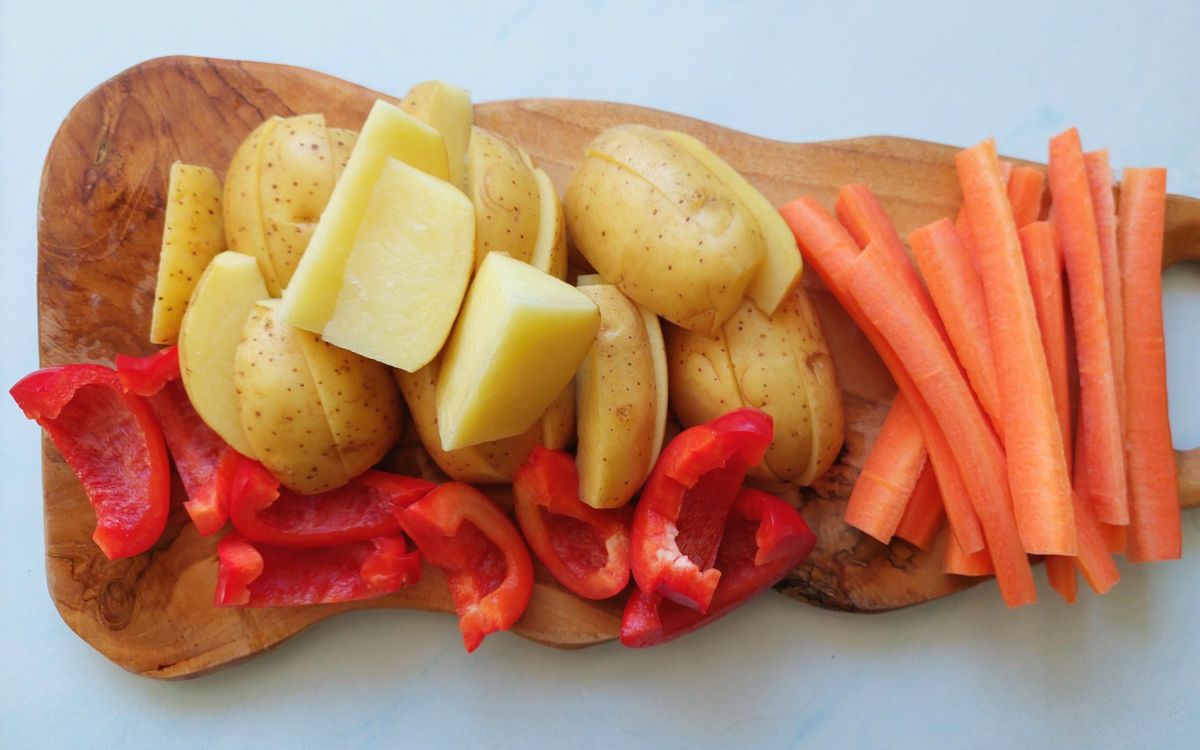
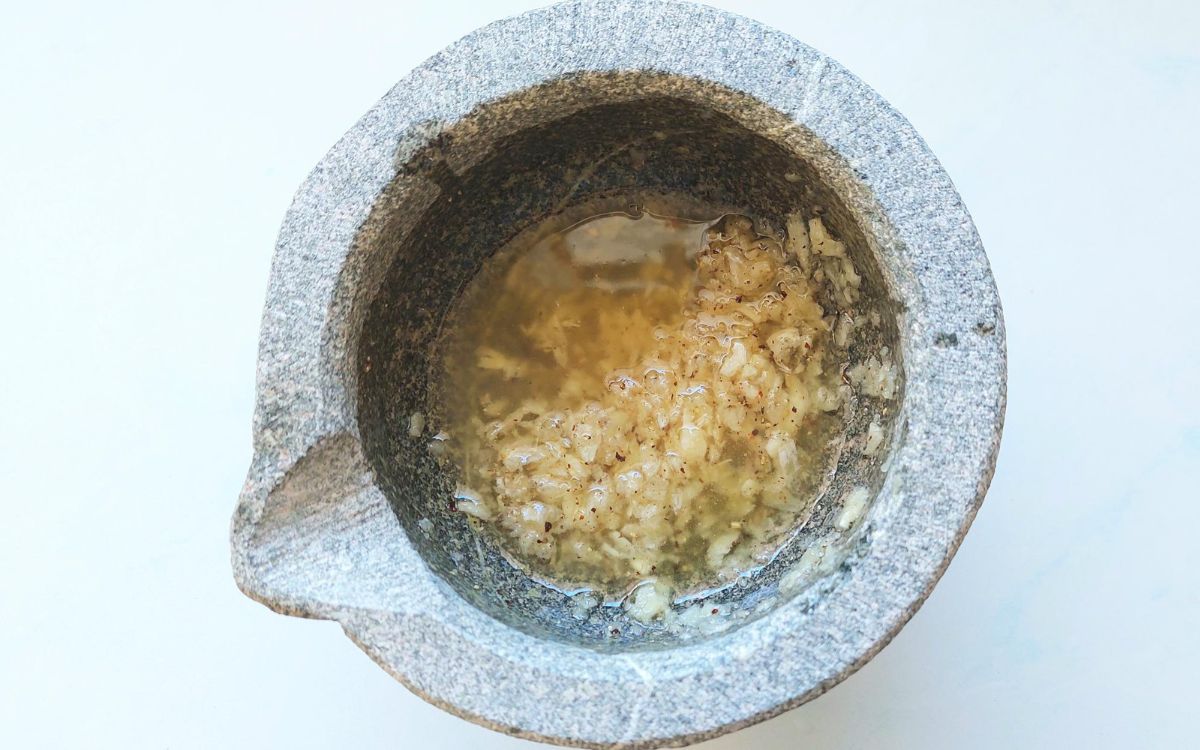
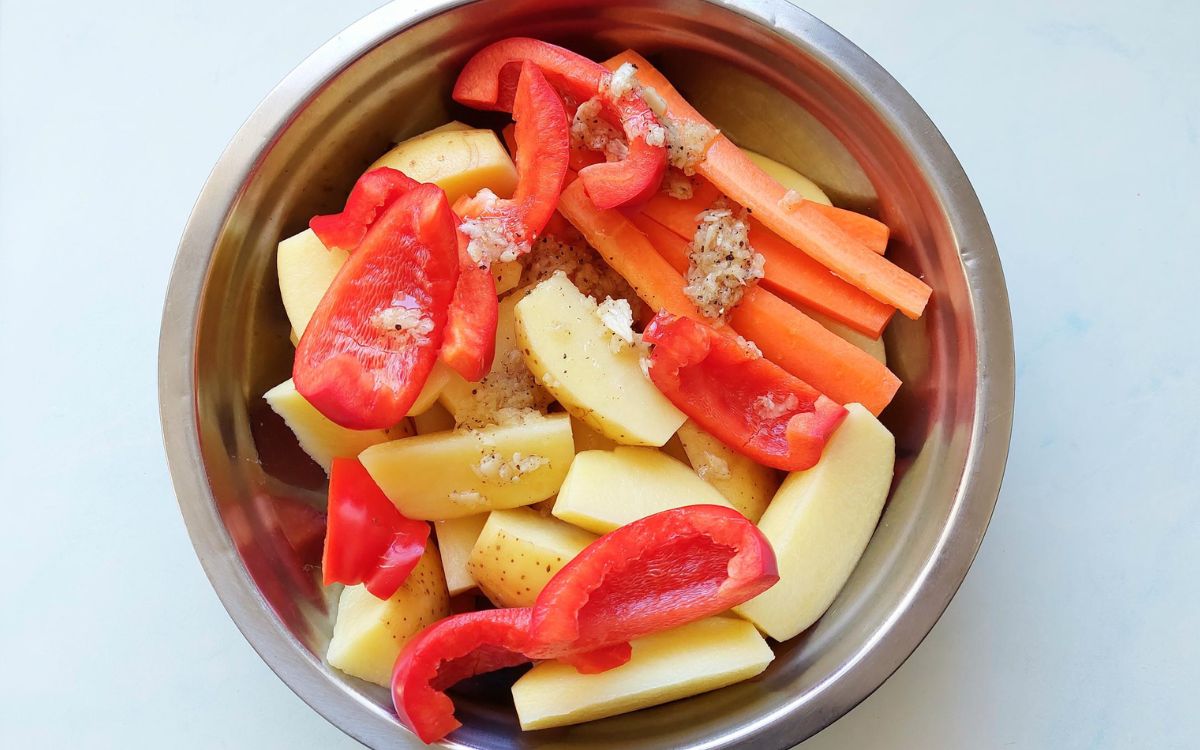
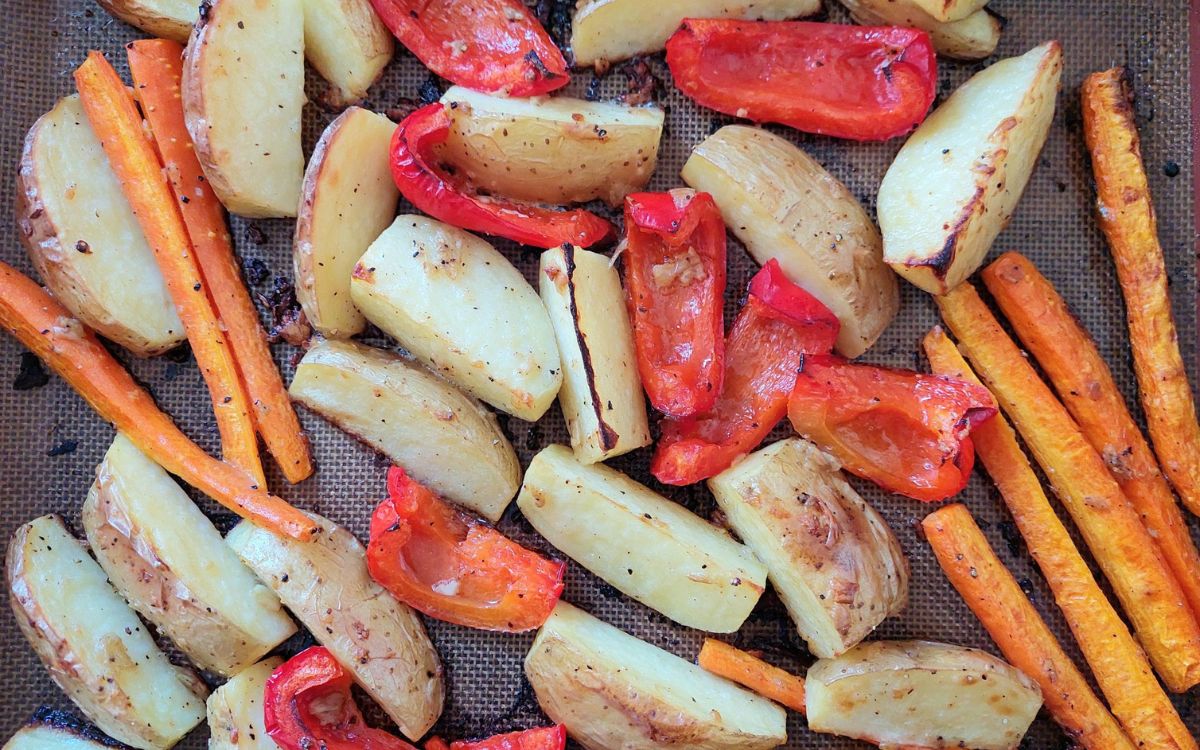
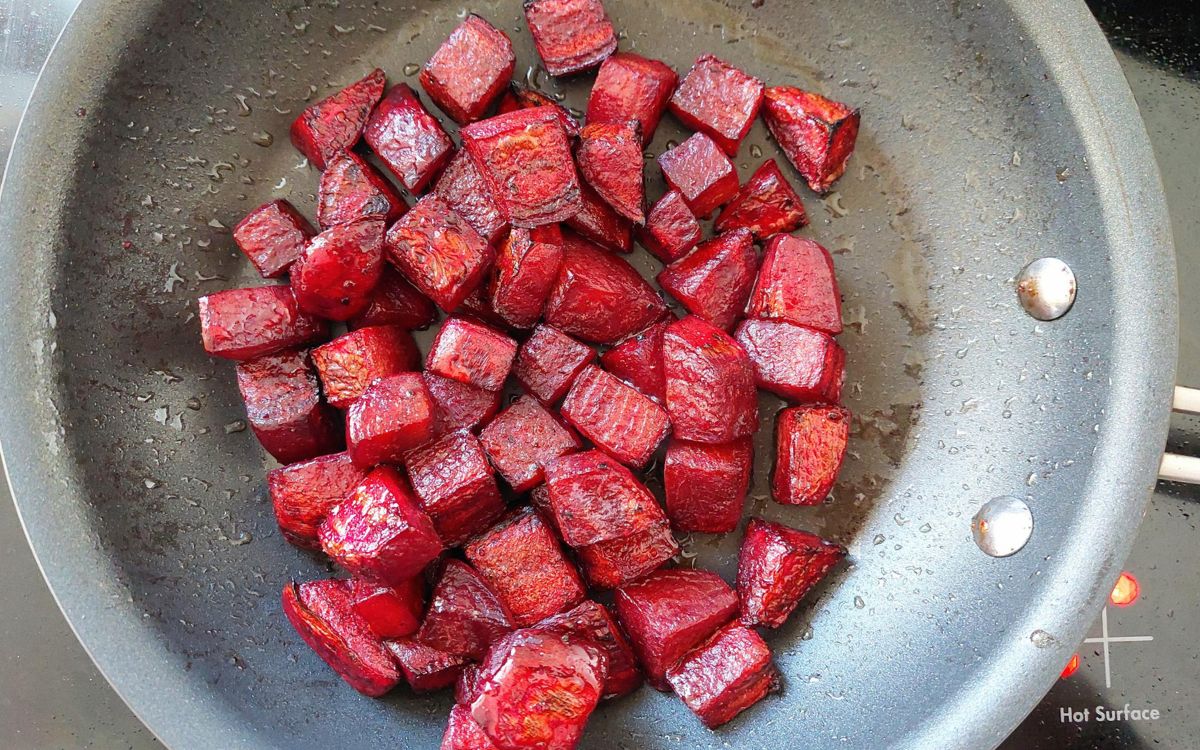
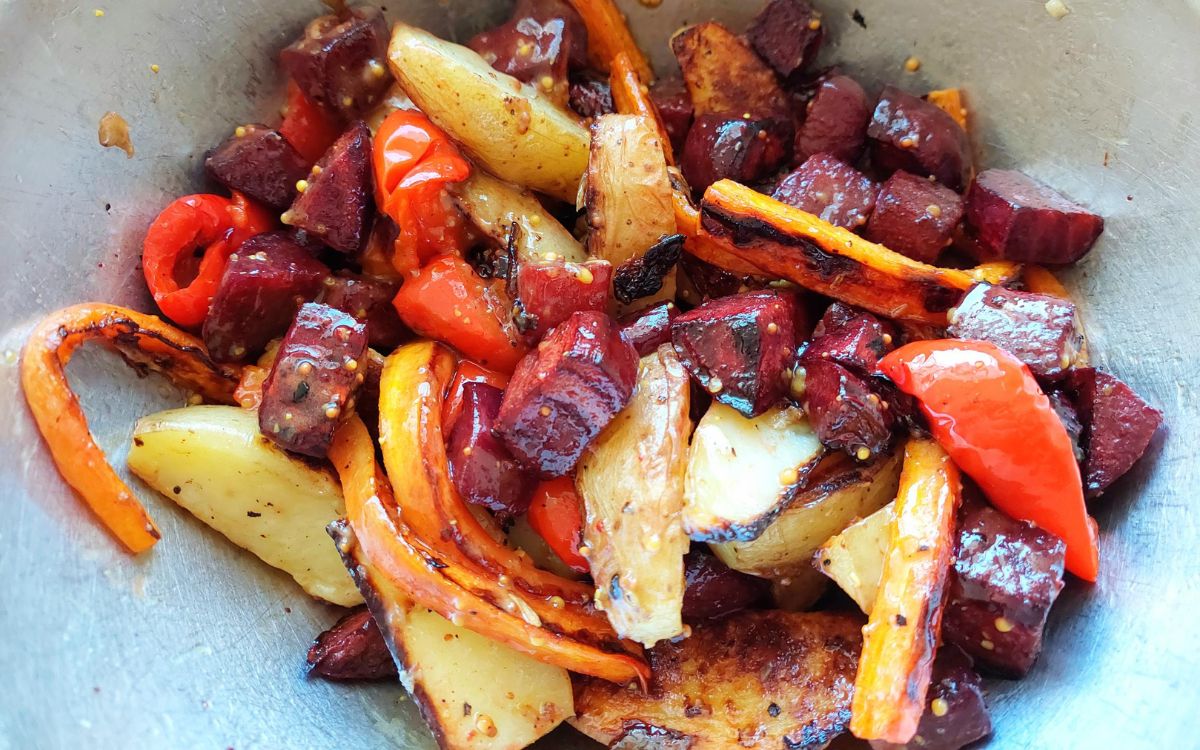
ADVERTISEMENT CONTENT BELOW
Chefs Pro Tip — If the vinaigrette splits or breaks, add a small amount of mustard and vinegar to a clean bowl and whisk in the split vinaigrette.
Storage — You can make large quantities of this grain mustard vinaigrette. Place it into an airtight container or jar and keep it in the refrigerator. The vinaigrette will last for up to 3 months.
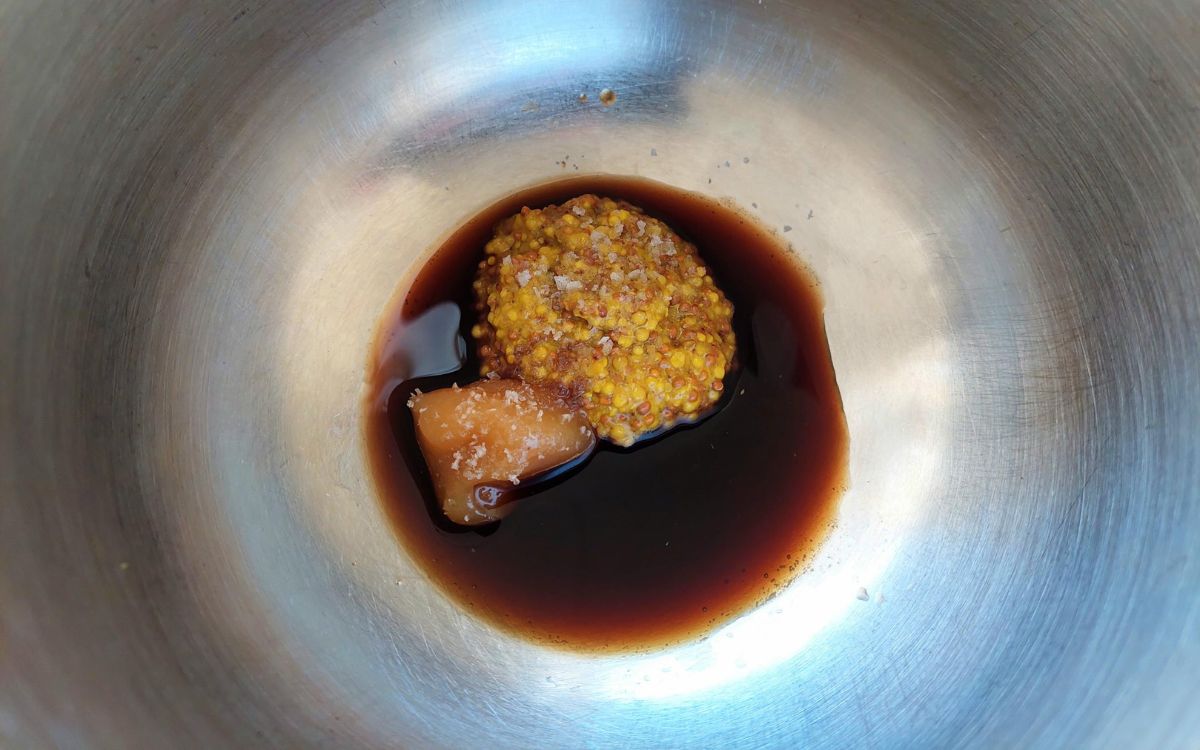
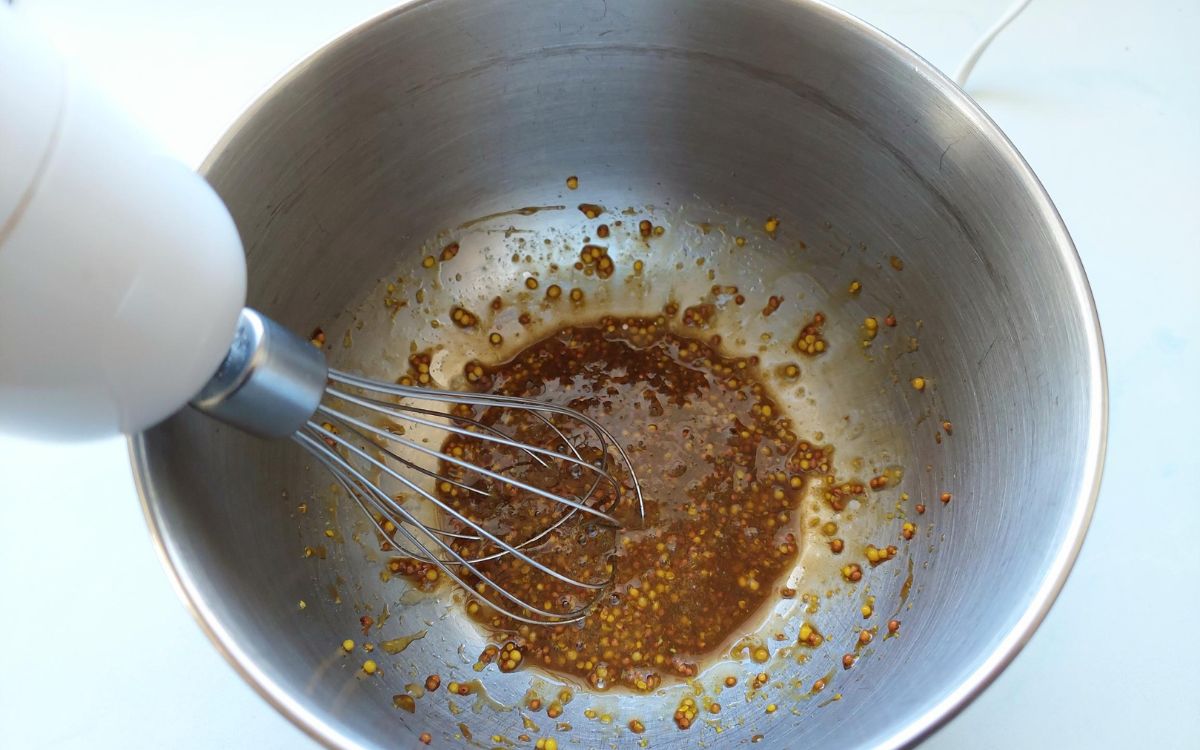
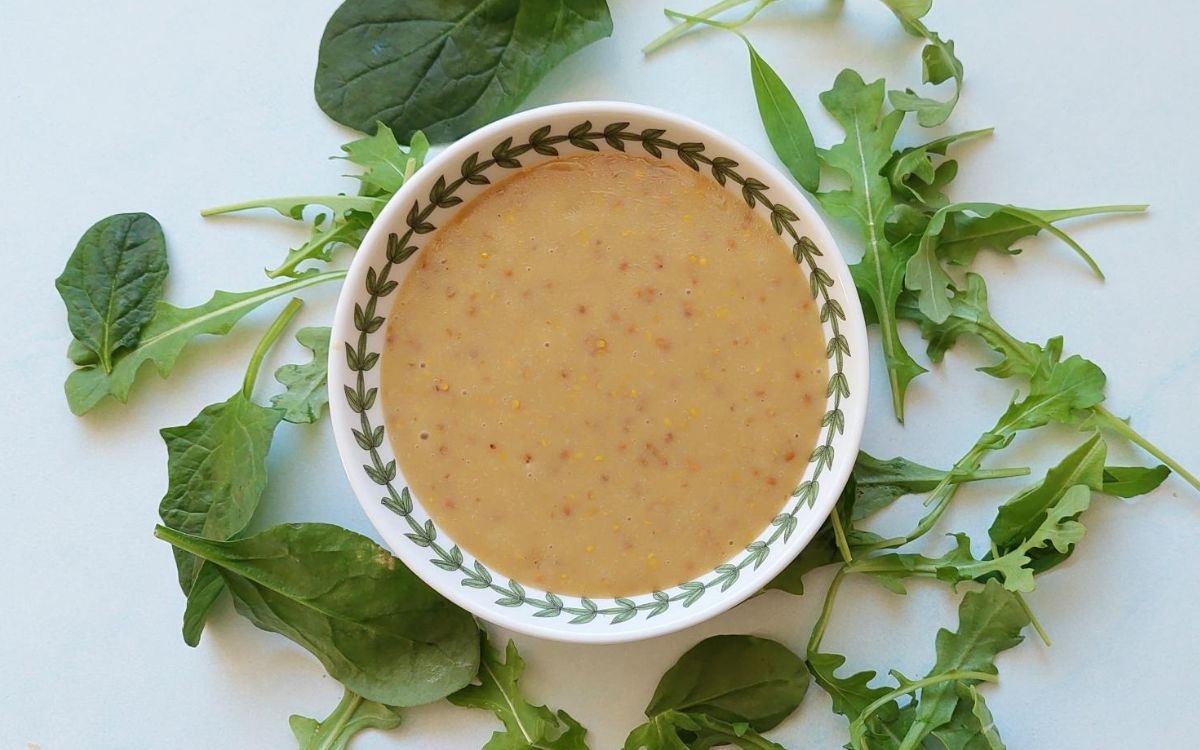
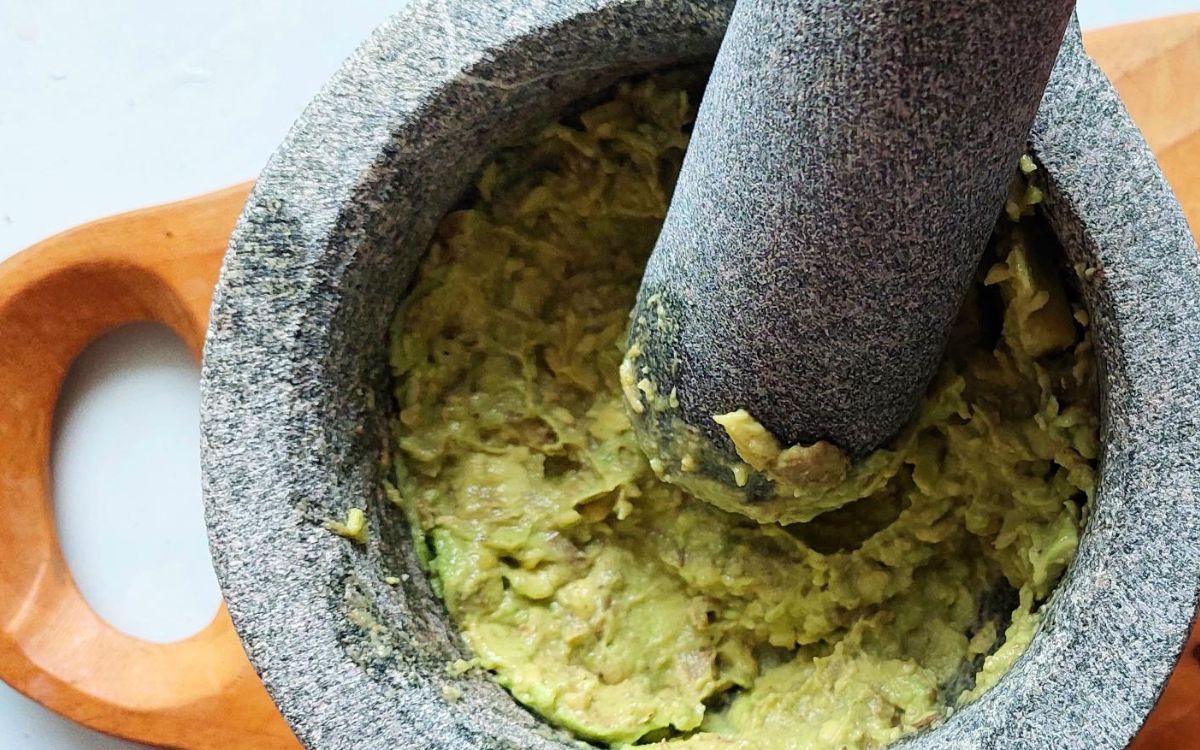
Once the steaks are cooked, rest them for half the time you have cooked them. Resting steak after cooking is a vital step of steak preparation.
While cooking, the steak’s heat pushes the moisture toward the center. Allowing the steaks to rest relaxes them. Resulting in the natural redistribution of moisture throughout the meat. The outcome gives you juicy, tender, and delicious steaks.
Chefs Pro Tip — Cook your steaks 2-3 degrees below your desired final temperature, as the residual heat will continue to cook the meat during the resting period.
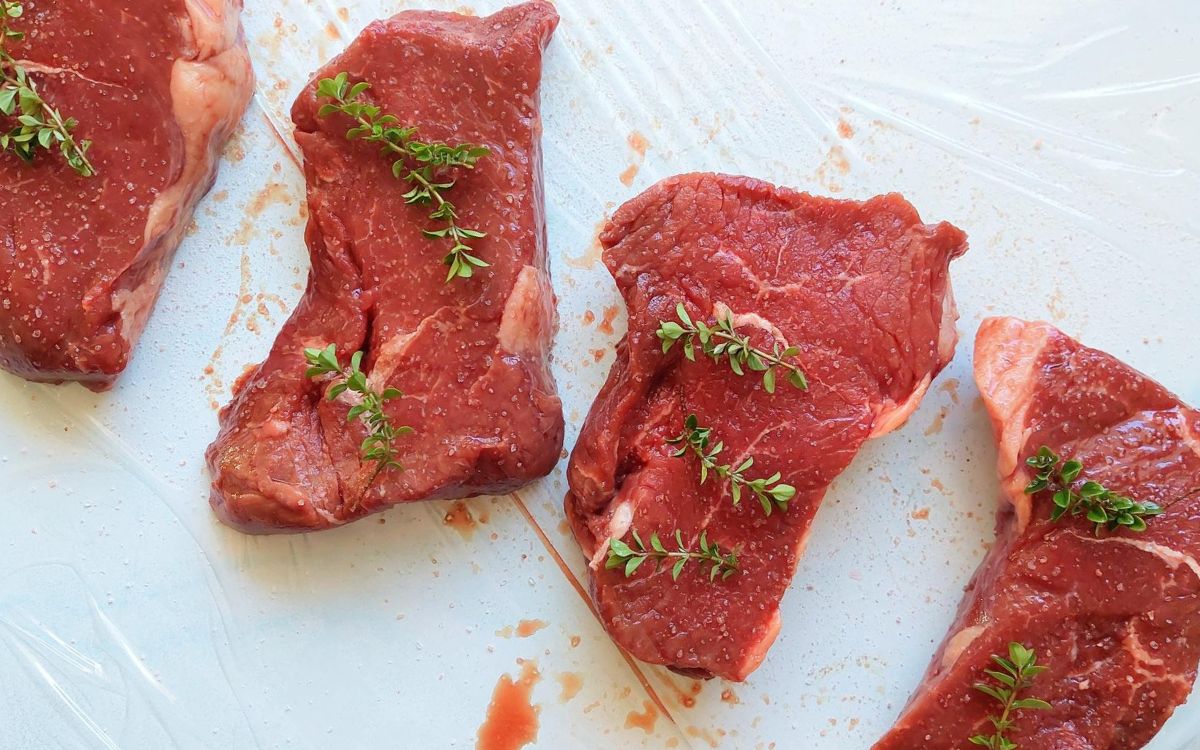
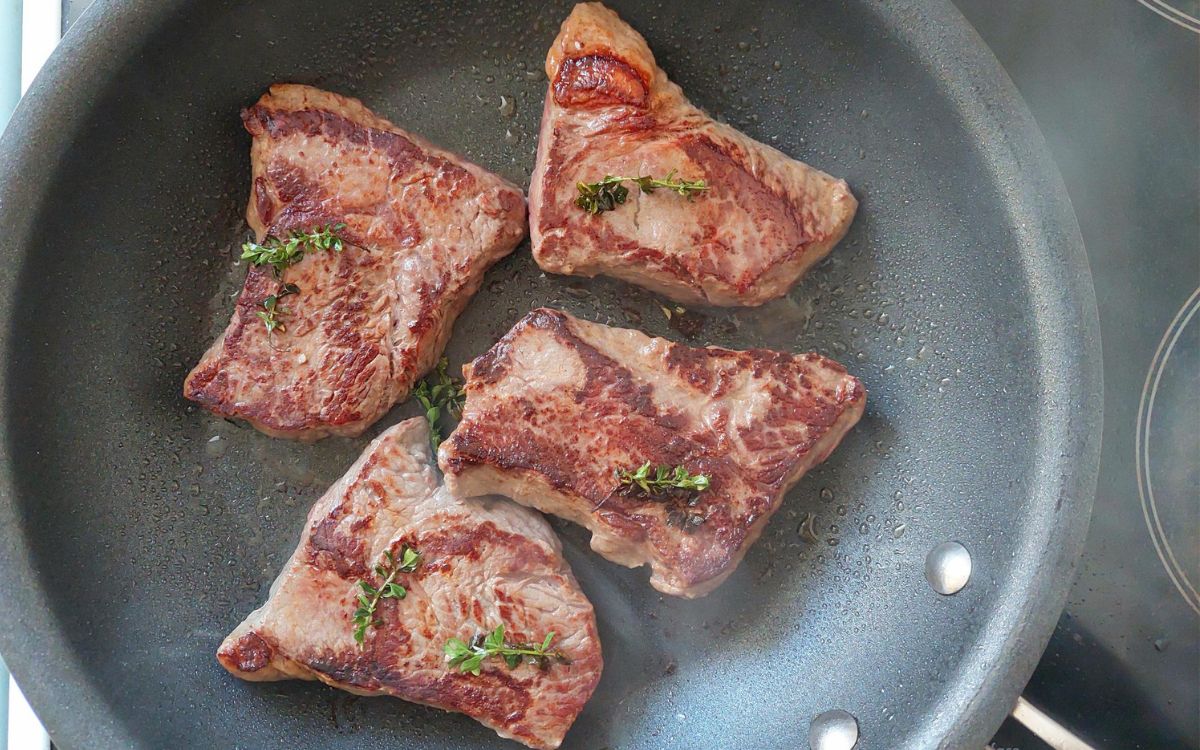
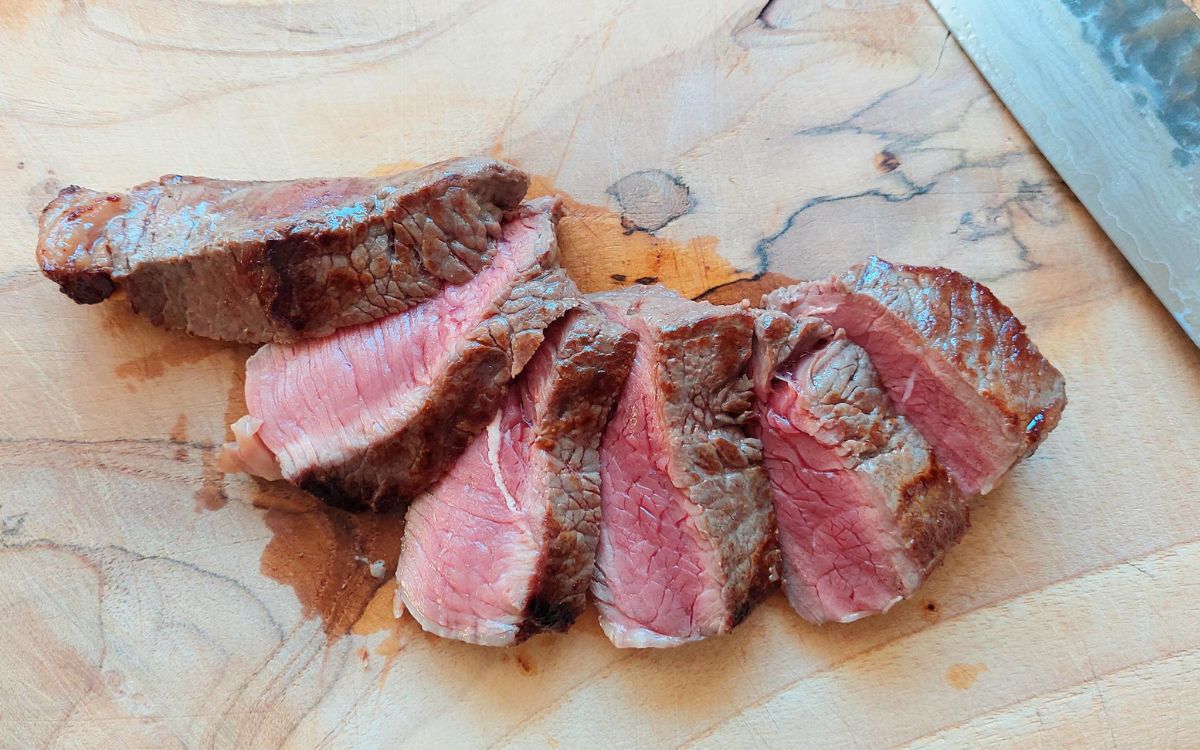
ADVERTISEMENT CONTENT BELOW
| MEAT DONENESS | TEMP ºC | TEMP ºF |
|---|---|---|
| Blue | 43ºC | 110ºF |
| Rare | 49 – 53ºC | 120 – 127ºF |
| Med-Rare | 54 – 57ºC | 129 – 134ºF |
| Medium | 58 – 61ºC | 136 – 141ºF |
| Med-Well | 62 – 65ºC | 143 – 149ºF |
| Well Done | 65ºC and Above | 149ºF and Above |
To start assembling the rump steak salad, mix the fresh arugula (roquette) and baby spinach leaves in a large bowl. Add a teaspoon of the grain mustard vinaigrette and mix so the dressing coats the leaves.
Chefs Pro Tip — Mix the dressing with the salad leaves when ready to assemble the salad. The vinegar’s acidity will wilt and burn the leaves if they are left to sit with the dressing on them.
Place a spoonful of smashed avocado in the middle of the plates. Add the roasted vegetables, most of the arugula, and baby spinach. Arrange the sliced rump steak on top of the greens. Finish with the last leaves scattered over the top, followed by a drizzle of the vinaigrette and some freshly cracked black pepper.

This is how you make my easy steak salad, which became a restaurant sensation. You now know how to cook this fantastic rump steak salad with roasted vegetables for lunch or dinner.
These variations offer diverse flavors and ingredients to keep your meals exciting and delicious. Feel free to experiment with combinations to create healthy recipes with sliced steak that suit your taste preferences and dietary needs. These are familiar recipes. However, they are delicious with seasonal roasted veggies.
ADVERTISEMENT CONTENT BELOW
Replace the rump steak with thinly sliced BBQ beef strips marinated in Thai style dressing. For an authentic Thai flavor, include fresh herbs like cilantro, mint, and Thai basil.
Add crunchy elements such as chopped peanuts or thinly sliced red onions for color and texture. Dress the salad with a zesty Thai dressing made with lime juice, fish sauce, chili, and garlic.
Grill seasonal vegetables like zucchini, bell peppers, and eggplant alongside your rump steak. For a Mediterranean twist, incorporate ingredients like feta cheese, Kalamata olives, and sun-dried tomatoes.
Dress the salad with a simple balsamic vinaigrette mixed with olive oil and Dijon mustard. Serve over a bed of mixed greens or couscous for a complete meal.
Stir-fry your rump steak with soy sauce, ginger, and garlic for an Asian flair. Include crunchy vegetables such as shredded cabbage, carrots, and sugar snaps.
Toss the fresh salad with a sesame ginger dressing and sprinkle with toasted seeds for added flavor and texture. Serve over a base of cooked rice noodles or quinoa for a satisfying meal.
ADVERTISEMENT CONTENT BELOW
Roast vegetables like sweet potatoes, carrots, and Brussels sprouts alongside ribeye steak. Add cooked grains like farro or barley for a hearty base.
Dress the salad with a warm balsamic dressing incorporating olive oil, garlic, and honey. Top with crumbled goat cheese or toasted pine nuts for extra richness and crunch.
To achieve the perfect sear on a rump steak, ensure the rump steak is patted dry before seasoning to promote a good sear. Also, rub a thin layer of oil over the steak.
Rice bran, corn, or sunflower oil will work well due to their high smoke point. Heat a cast iron pan until it just starts to smoke. Sear the steaks on both sides to develop a flavorful crust while preserving the juiciness of the meat.
Creating a well-balanced salad dressing for a rump steak vegetable salad recipe involves careful consideration of flavors, textures, and complementary elements.
Base Oil — Quality extra virgin olive oil. Its rich, fruity flavor provides a creamy texture.
Acidic Component—Introduce acidity for balance. Common choices include balsamic vinegar, red wine vinegar, or citrus juice, such as lemon or lime.
Emulsifier — Include an emulsifier to bind the oil and acid, preventing separation. Dijon mustard is a classic choice.
Sweetener — A touch of sweetness can enhance the overall flavor profile. Use honey, maple syrup, or agave nectar.
Seasonings — Incorporate salt and pepper to taste. Additionally, consider herbs and spices like minced garlic, shallots, or a pinch of dried oregano, thyme, or basil.
Cooking is a science and a skill that requires a deep understanding of both the technical and creative aspects. Cooking is also a matter of precise measurements and ratios.
For example, baking is particularly sensitive to accurate measurements and temperatures. A slight deviation in the amount of an ingredient or cooking degrees can result in a completely different outcome. So, to help you here is a handy little unit converter tool for cooking without guesswork.
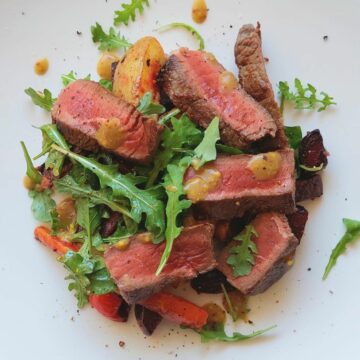
DISH SUMMARY
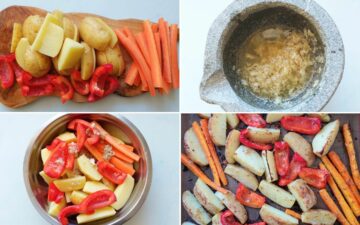
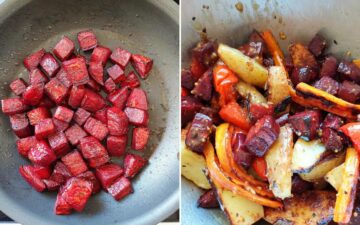
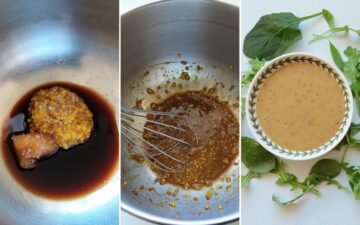
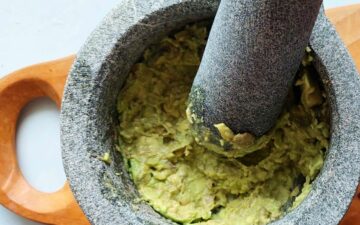
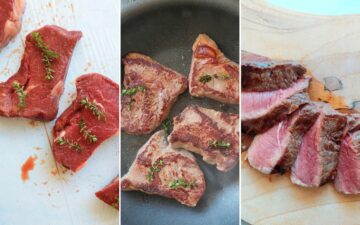

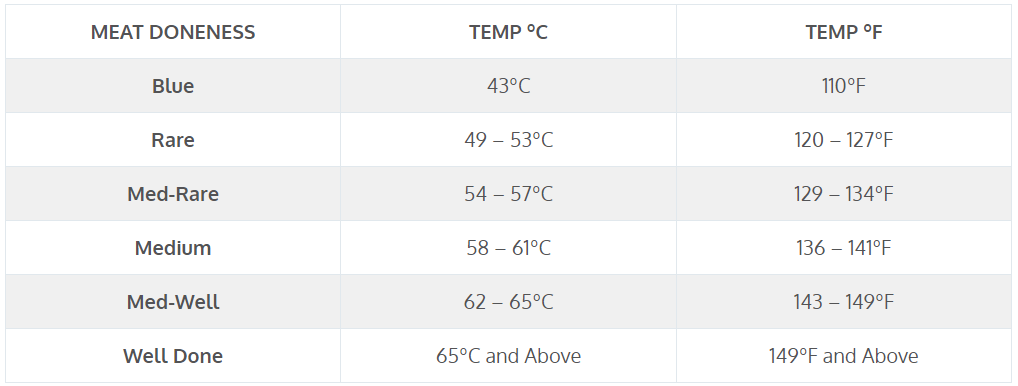
This recipe and its accompanying photographs are protected by copyright. While we encourage you to share or link back to this recipe. We ask that you do not copy and paste the full recipe onto social media or your blog.